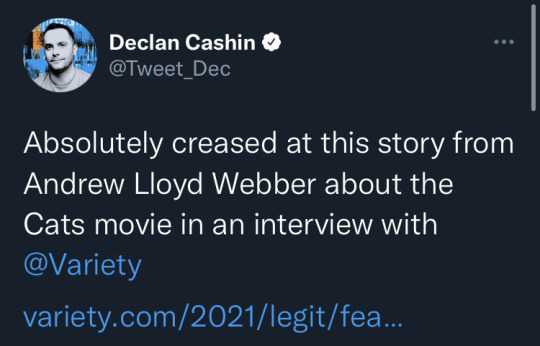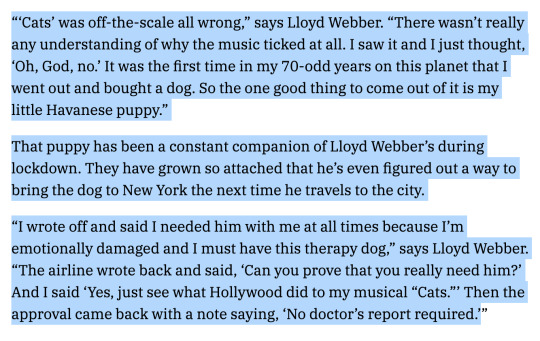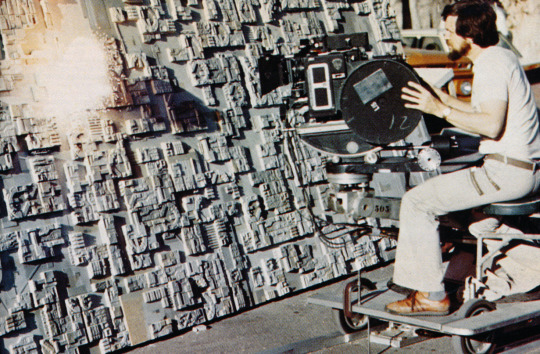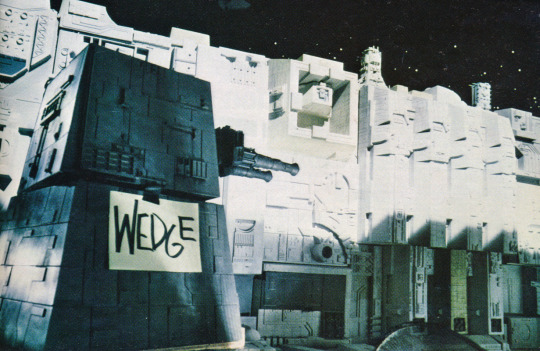Text
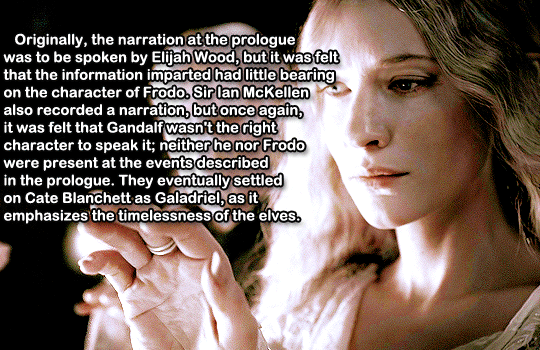
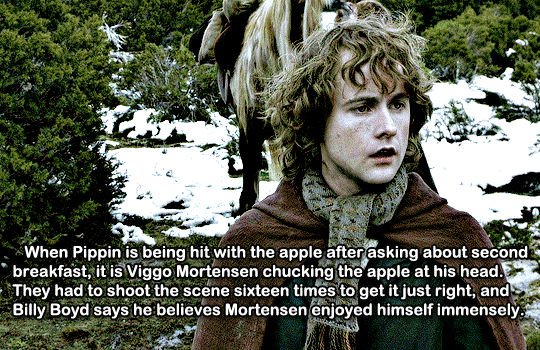

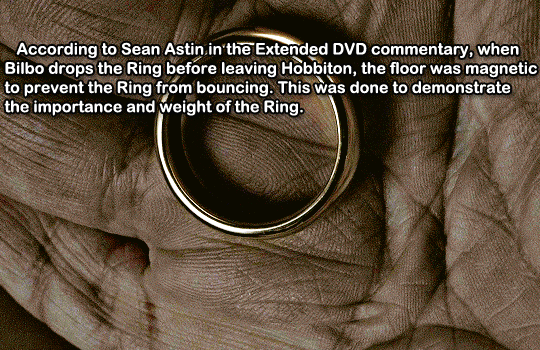

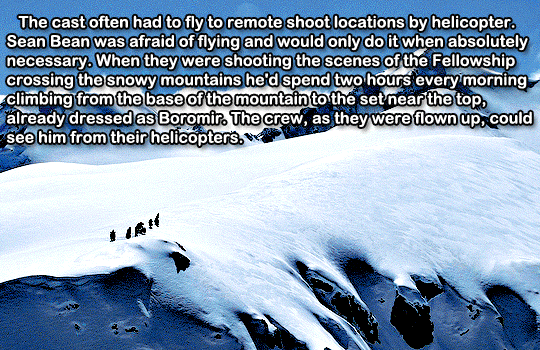
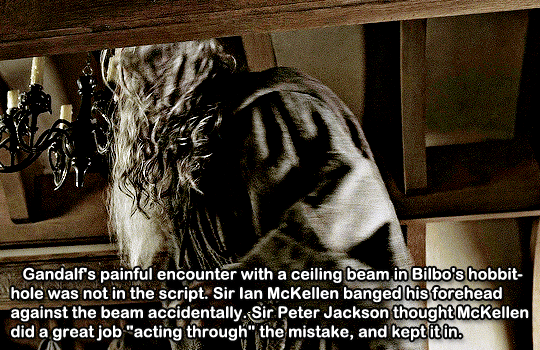
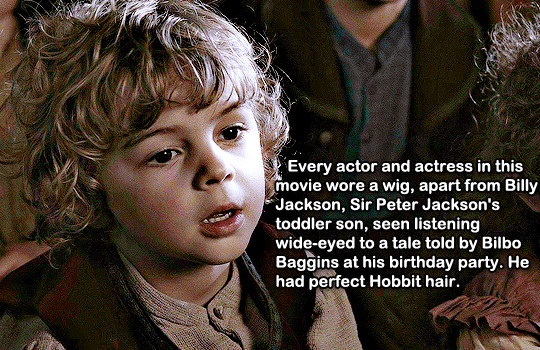
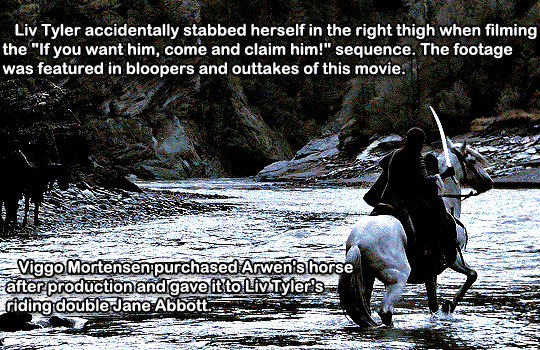
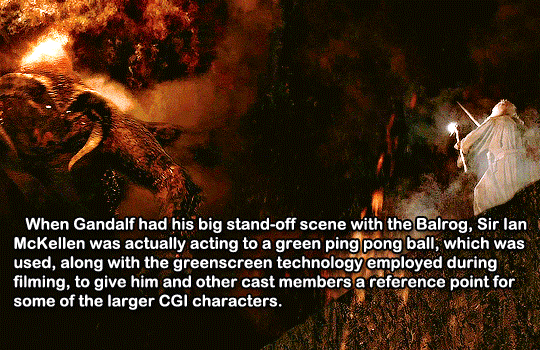

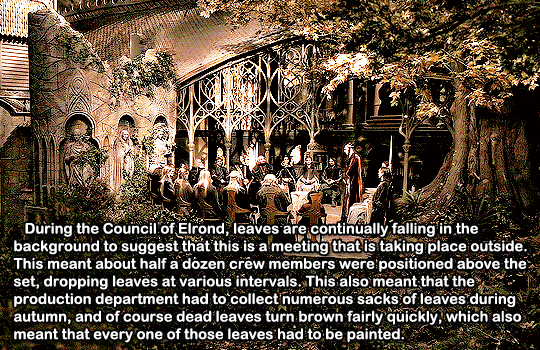
The Lord of the Rings: The Fellowship of the Ring (2001)
🎬 Peter Jackson
+ IMDb trivia
33K notes
·
View notes
Text
Digital copyright is a thorny and complex issue, and has become increasingly relevant as artists now grapple with the implications of neural networks being trained on their art. When it comes to issues of piracy, theft, reproduction, etc, I am firmly of the Neil Gaiman Philosophy:
“I started to realize that actually, you’re not losing books. You’re not losing sales by having stuff out there. When I give a big talk now on these kinds of subjects and people say, “Well, what about the sales that I’m losing through having stuff copied, through having stuff floating out there?” I started asking audiences to just raise their hands for one question.
Which is, I’d say, “Okay, do you have a favorite author?” They’d say, “Yes.” and I’d say, “Good. What I want is for everybody who discovered their favorite author by being lent a book, put up your hands.” And then, “Anybody who discovered your favorite author by walking into a bookstore and buying a book raise your hands.” And it’s probably about five, ten percent of the people who actually discovered an author who’s their favorite author, who is the person who they buy everything of. They buy the hardbacks and they treasure the fact that they got this author.
Very few of them bought the book. They were lent it. They were given it. They did not pay for it, and that’s how they found their favorite author. And I thought, “You know, that’s really all this is. It’s people lending books. And you can’t look on that as a loss of sale. It’s not a lost sale, nobody who would have bought your book is not buying it because they can find it for free.”
This flies completely in the face of conventional ideas of artistic compensation, whereby creative works belong zealously within the clutches of their creators, and all engagement with their art is inherently transactional in nature. I think this is not only very silly, but also dangerously outdated, as it fails to account for technology as simple as radio piracy via cassette dubbing, let alone the future of infinite, free information we now belong to.
At the very sum of it, all digital information is infinitely, freely reproducible. Every picture, song, video, etc that we create via digital means is just a collection of 1s and 0s that can be identically reproduced anywhere else. This is a feature, not a bug, and has granted us absolutely innumerable advantages; such that an entire thesis could be dedicated to the subject.
However, for artists, it has introduced a fundamental obstacle that we’ve only just begun to solve. If all digital information is free and infinitely reproducible, how do we assign value to it? In our capitalist society, we’re largely incapable of divorcing art from the commercial means through which it is published and distributed. Entire industries sprang up, making many people incredibly wealthy, dedicated solely to this purpose.
They became obsolete the second it became viable to transfer bits and bytes perfectly from one machine to another. Their entire purpose had just become automated, by the very nature of computation: infinite digital publishing, and with the internet, truly infinite distribution.
How do we reconcile the two? Well, you might notice we’ve already begun to, via the return to the Patronage Model. Patreon was the answer that content creators came up with in direct response to the issues of YouTube’s monetization system. But it has always served as a larger, philosophical beacon for a return to better ways.
In a digital world where any creative work is almost instantly reproducible in bit-perfect recreation, we can no longer assign monetary value to art in the traditional, transactional sense that we are used to. We are simply fooling ourselves by trying to do so. All information is now free, and it yearns to be so, and there are many among us (such as myself) who will stop at nothing to ensure that freedom. We’ve been given a tremendous gift, and we can’t squander it.
But we can and absolutely should still compensate artists for their work, and fairly, via the patronage system. Allowing artists to earn a livelihood via their art is one of the most important things a society can do. But by supporting artists themselves, and not their content, we remove the barriers to the free flow of information, while still supporting the artists we love.
That all being said, the real issue here with artists finding their work has made it into these machine-learning datasets is that America does not have and laughed off the idea of Right to be Forgotten laws. That's why you have to rely on the benevolence of private corporations to get things deindexed.
Right to be Forgotten/Erased laws must go global, yesterday. They're absolutely critical to preserving data privacy and control over our own personal data, likeness, etc. The fact we don't have them is a far bigger issue than Stable Diffusion unknowingly scraping copyrighted work.
It seems they're working on improving their takedown system- much the same way Google had to after fielding hordes of complaints about their search engine pointing toward illegal, abusive, or downright horrifying material. We already figured this one out, we just need to do it.
It should not take a DMCA Request (the DMCA is actually fucking horrifying if you read about it) for a rights-owner to have control over removing their own material from places they don't want it. Sadly, right now, that is the only option available to Americans.
The whole intellectual property system in America is broken beyond repair and requires wide reevaluation, but good luck with that. In the meantime, the EU has at least allowed ordinary citizens the right to control their private personal data on the internet, without having to resort to copyright.
That's the beautiful thing about their approach. It's a human right. The right to be forgotten. It's not a commercial ownership clause whereby you, the rightsholder, have to be able to preserve it out of hypothetical commercial value. Nope- privacy of your personal data is a human right, period.
It is possible for rigorous data privacy and advances in AI to coexist. Due to the forces of capitalism, it is an inevitably that AI will continue to advance. There are too many corporations throwing unfathomable amounts of money at the subject. This is all the more reason for us to quit fucking around and enshrine data privacy as a human right, yesterday.
#ai art#ai art discussion#copyright law#public domain#internet privacy#right to be forgotten#online privacy#stable diffusion
17 notes
·
View notes
Text
people complaining about AI art as a "ripoff" as though almost all of the songs in the top 40 this year and 3 of the number 1s in particular weren't built on samples from the mid 2000s...
We've been doing this for decades. Since the 1980s.
"Crazy In Love" is built on a horn sample and I don't see anyone calling for Beyonce's death.
When even the NYT feels righteous "calling out" artists like this, you know we've reached a fundamental disconnect between art and capitalism. The horn sample works great in both circumstances and doesn't belong to Beyonce at all, despite it now being most widely recognized from her usage of it!
Is Saucy Santana any less original than Beyonce for utilizing the same sample? No. Instead of utilizing decades-old R&B, as many POC creators have done since the 80s, Saucy Santana is sampling this piece in the context of its use by Beyonce. You're supposed to recognize it here.
Both are valid use cases and there are many more besides! Hip-hop and remixing were both built on giving a new lease on life to old music. A lot of the time it was lesser known music that POC folks grew up with and remembered. Sometimes sampling was/is many times more famous than the original.
Now, sampling and remixing (especially in a post-YouTube world) have become so culturally inured that artists are able to contextually connect us to previous uses of famous samples. It's like the Wilhelm Scream, except for music. Noticing the through-line is half the point.
Pretending this will all go away if we just crucify the Stable Diffusion people smells a lot like hysteria to me.
9 notes
·
View notes
Text

i asked the computer if i fuck and it said YEA BUDDY, YOU SURE DO
5 notes
·
View notes
Text
creating this has caused me incalculable psychic damage.
2 notes
·
View notes
Text
Entered france. why does nobody warn u abt it having weaker surface gravity . My bagel is floating away mon dieu
34K notes
·
View notes
Text
Instead of the Monkey’s Paw, you find the Clown’s Nose, which instead of granting your wish in the worst way possible will grant it in the funniest way.
87K notes
·
View notes
Text
they call it the nuclear family because if you dont evacuate in time
67K notes
·
View notes
Link
I knew vaguely that pre-modern hand-woven cloths were much finer than what machines make, but not that the thread counts were an entire order of magnitude higher. Such a loss.
The Bengal Muslin Project has more.
8K notes
·
View notes
Photo

1977 Chris Moore cover art for “Cemetery World,” by Cifford Simak
767 notes
·
View notes
Photo

Peculiar Galaxies of Arp 273 : The spiky stars in the foreground of this backyard telescopic frame are well within our own Milky Way Galaxy. But the two eye-catching galaxies lie far beyond the Milky Way, at a distance of over 300 million light-years. Their distorted appearance is due to gravitational tides as the pair engage in close encounters. Cataloged as Arp 273 (also as UGC 1810), the galaxies do look peculiar, but interacting galaxies are now understood to be common in the universe. Nearby, the large spiral Andromeda Galaxy is known to be some 2 million light-years away and approaching the Milky Way. The peculiar galaxies of Arp 273 may offer an analog of their far future encounter. Repeated galaxy encounters on a cosmic timescale can ultimately result in a merger into a single galaxy of stars. From our perspective, the bright cores of the Arp 273 galaxies are separated by only a little over 100,000 light-years. via NASA
1K notes
·
View notes


